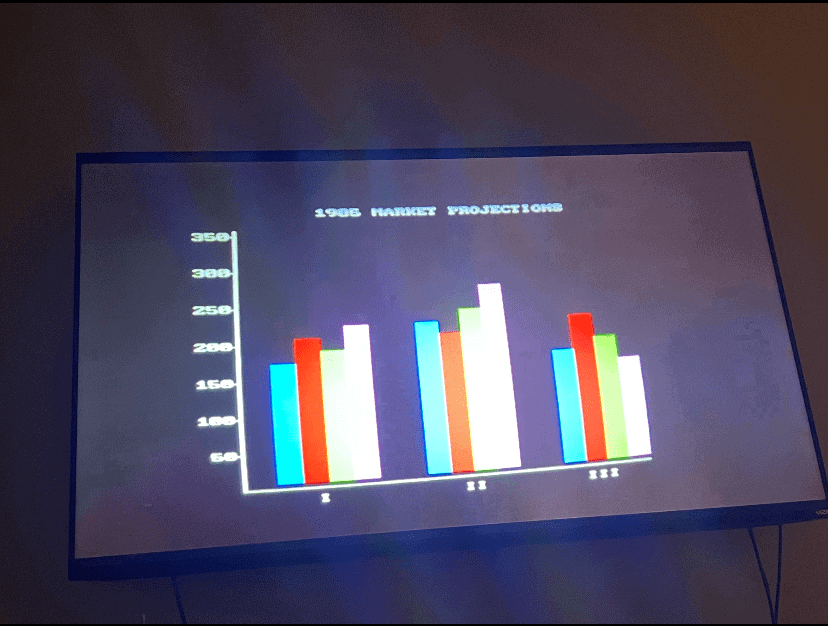100+ Need to Know Business and Marketing Acronyms
If by chance you are not familiar or just need a reminder of what an acronym is, I have 100+ of the most popular business and marketing acronyms listed below.
One of my favorite podcasts and best source for overall business guidance is Manager Tools, who often say communication is what the listener does. Regardless of communication medium, the goal is to be understood. So, unless you know for certain your audience is familiar with the acronym, your use of it may be causing confusion, requiring a pause while the listener/reader figures this out, or leading to frustration since they had to pause, think, figure this out, and then continue reading.
At least in writing, my preference is to say the entire phrase and put the acronym in parentheses at first use and then continuing with just the acronym going forward.
How often has an acronym been used and you found it helpful compared to completely stopping you mid sentence to think and figure this out? Exactly.
What surprises me most about the list below, is how quickly I got to this many. Certainly a sign of how often we do this. I hope you find the list below of the most common business and marketing acronyms helpful and please, if I am missing any, please share below.
ABM – account based marketing
AI – artificial intelligence
AIDA – attention, interest, desire, action
API – application programming interface
AOV – average order value
B2B – business to business
B2B2C – business to business to consumer
B2C – business to consumer
BI – business intelligence
BOFU – bottom of funnel
BU – business unit
BYOD – bring your own device
CAC – customer acquisition cost
CBA – cost benefit analysis
CDP – customer data platform
CDN – content delivery network
CMS – content management system
COE – center(s) of excellence
CPA – cost per acquisition
CPL – cost per lead
CPM – cost per thousand impressions
CPP – cost per click
CRO – conversion rate optimization
CRM – customer relationship management
CSM – customer success manager
CSS – cascading style sheets
CTA – call to action
CTR – click-through rate
DAM – digital asset management
DBA – doing business as
DIKW – data, insight, knowledge, or wisdom
DM – direct message
EBITDA – earnings before interest, taxes, depreciation, and amortization
EEAT – expertise, experience, authoritativeness, trustworthiness
EES – extreme events solutions
ESP – email service provider
ETL – extract, transform, load
FAQ – frequently asked questions
FIFO – first in first out
FILO – first in last out
GDPR – general data protection regulation
GIGO – garbage in, garbage out
GPT – generative pre-trained transformer
GTM – go to market or google tag manager
HIPPO – highest paid persons opinion
HTML – hypertext markup language
HTTP – hypertext transfer protocol
iPaaS – integrated platform as a service
IPO – initial public offering
JIT – just in time
KISS – keep it simple stupid
KPI – key performance indicator
LIFO – last in first out
LILO – last in last out
LTD – lifetime deal
LTV – lifetime value
M&A – mergers and acquisitions
MAP – marketing automation platform
MAU – monthly active users
MMM – marketing mix model
MOFU – middle of funnel
MQL – marketing qualified lead
MVP – minimum viable product (not most valuable player)
MSA – master service agreement
NPS – net promoter score
P&L – profit and loss
PII – personal identifiable information
PDP – personal development plan
POC – proof of concept
POP – point of purchase
POP – points of parity
PPC – pay per click
PR – public relations
R&D – research and development
RACI – responsible, accountable, consulted, informed
RFM – recency, frequency, monetary
RFP – request for proposal
ROAS – return on ad spend
ROI – return on investment
QA – quality assurance
SaaS – software as a service
SAL – sales accepted lead
SEM – search engine marketing
SEO – search engine optimization
SERP – search engine results page
SKU – stock keeping unit
SLA – service level agreement
SMART – specific, measurable, attainable, realistic, trackable goals
SMB – small and medium-sized business
SMM – social media marketing
SOC – senior operating committee
SOP – standard operating procedure
SOV – share of voice
SOW – statement of work
SQL – sales qualified lead
SSO – single sign on
SWOT – strengths, weaknesses, opportunities, threats
TOFU – top of funnel
UI – user interface
UX – user experience
UGC – user generated content
UPC – universal product code
USP – unique selling proposition
UV – user experience
VC – venture capital
VOC – voice of customer
VPN – virtual private network
WIP – work in progress
WYSIWYG – what you see is what you get
WWW – world wide web
ZMOT – zero moment of truth
What am I missing? Please share in the comments and I will update this list.
Thank you.
